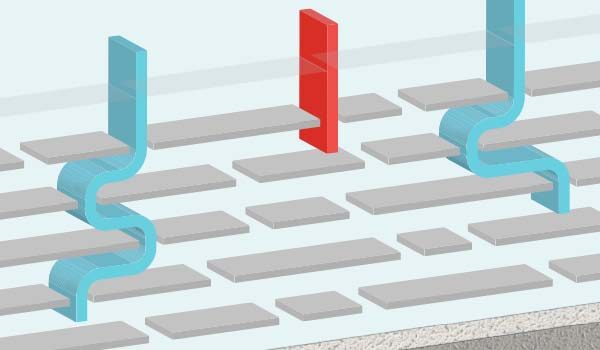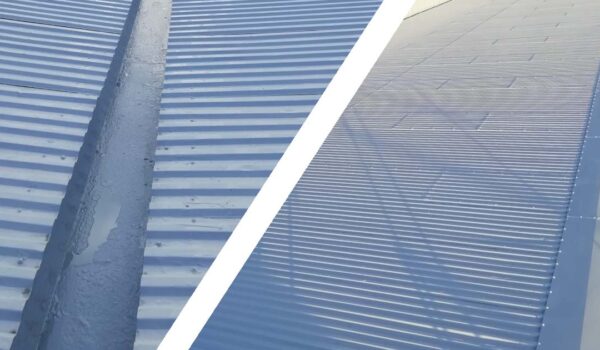Humankind has been using paint for decorative and artistic purposes for up to 30,000 years! There is solid evidence of the use of protective coatings as far back as 5,000 BC. Substances such as tar, beeswax, gelatin, asphalt and even clay were used to protect maritime vessels and human dwellings. Nowadays protective coatings are used everywhere from ships and aircraft to buildings and cars. The evolution of these coatings has been long and challenging. So lets explore, in brief, the history of protective coatings.
Early days of coatings
Ancient civilisations are thought to have experimented with many different substances to protect boats, buildings and clothing. The Phoenicians and Carthaginians are thought to have used sheathing made from copper to protect the hulls of their vessels. This is most likely to have been an attempt to prevent fouling and protection against shipworms. Although water-tightness is also likely to be another reason for such protection methods. Additionally a smooth surface is more efficient and travels faster, cutting voyage times on trading routes.
The history of protective coatings goes far beyond their use in maritime applications. Early humankind discovered that coatings not only made ships go faster and stopped them sinking, they prevent leaks in buildings and helped make tools and weapons last longer.
The Industrial Revolution
The Industrial Revolution and mass production in the automobile industry led to an increased demand for paints and coatings. This resulted in advancements in paint formulations to meet the growing need for anti-corrosive and special-purpose coatings. Coatings were widely used on various consumer goods produced on assembly lines, including the Model T Ford, toys, and radios.
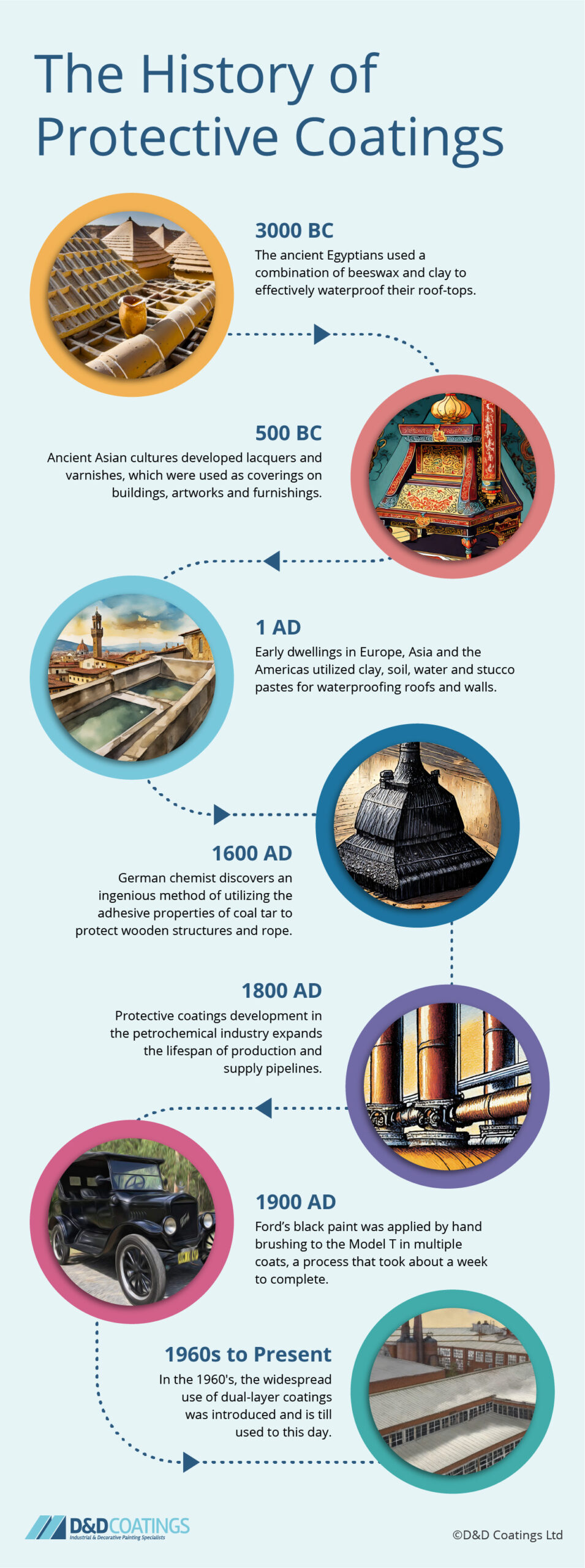
3,000 BC
Our ancestors were already wise enough to understand the importance of safeguarding their precious possessions. These ingenious coatings, crafted with utmost care and skill, shielded their valuables from the ravages of time and the harsh elements.
Ancient Egyptians
In ancient Egypt, resourceful Egyptians ingeniously employed a combination of beeswax and clay to effectively waterproof their roofs. By harnessing the natural properties of beeswax, renowned for its water-resistant qualities, and skilfully blending it with clay, they created a formidable barrier against the elements.

1,000 BC
Gum arabic
Around 1000 BC, Egyptians made varnishes using gum arabic. Ancient Egyptians had various organic binding media options, including eggs, animal glue, polysaccharide gums, plant resins, fats or oils, and beeswax.
500 BC
Lacquers and varnishes
Ancient Asian cultures independently developed lacquers and varnishes, which were used as coverings on buildings, artwork, and furnishings in China, Japan, and Korea by the 2nd century BC. The ancient Greeks and Romans used paints and varnishes to add colour to their homes, ships, and artwork.
1 AD
Stucco pastes
Early dwellings in Europe, Asia, and the Americas utilized clay, soil, water, and stucco pastes for waterproofing roofs and walls. Babylon even used “mineral pitch” from the river to make mud walls waterproof. These ancient coating materials are still used in modern coatings.
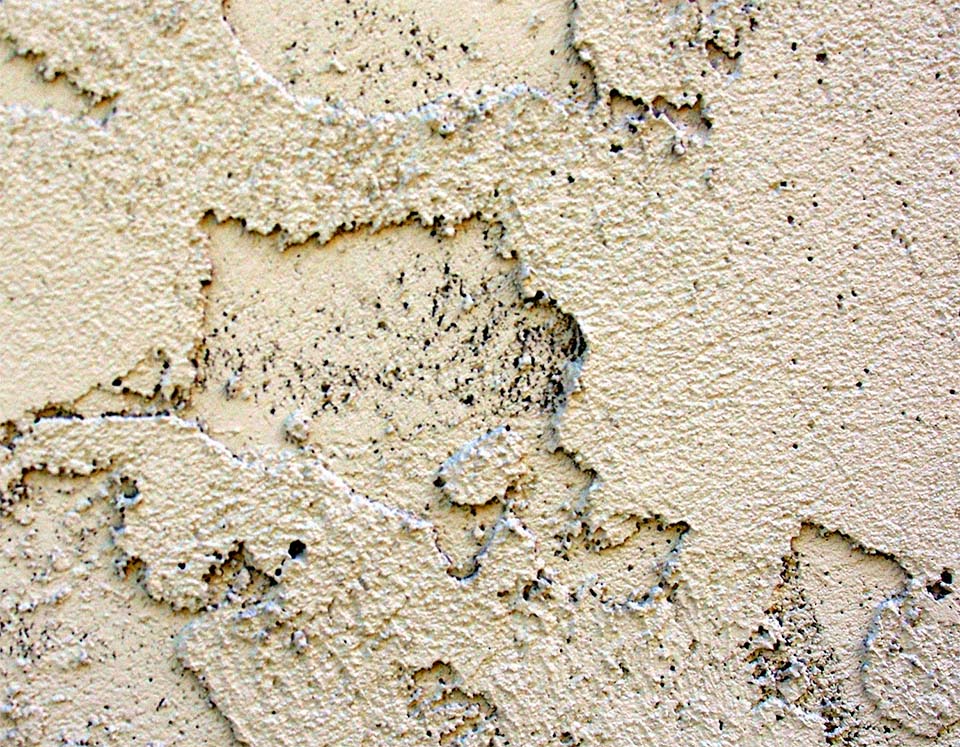
1,600 AD
It is widely believed that the journey towards the creation of advanced protective coatings began during the latter half of the 17th century. A brilliant German chemist discovered an ingenious method of utilizing the adhesive properties of coal tar. This remarkable substance was ingeniously employed as a safeguarding coating for various materials such as wood and ropes.
1,800 AD
Pipeline coatings
The use of protective coatings exploded in the 1800’s. Metal pipes used to transport oil from drilling sites became widely used. Pipeline corrosion was a widespread problem with the wrought iron piping first used before the transition to reliable steel piping. Protective coatings development in the petrochemical industry expanded rapidly during this period.
The 1900’s
Coatings in manufacturing
From the 1900’s onwards manufacturing makes extensive use of paints and coatings to beautify, protect and extend the life of the manufactured goods. Protective paints have undergone considerable development over the years, especially at the turn of the 19th and 20th centuries.
By the 1920s coal tar and asphalt became a reliable method of protecting pipelines. Around the same time production of the Ford Model T also began. Ford’s black paint was applied by hand brushing to the Model T in multiple coats, a process that, in the end, took about a week to complete.
Safer paints
Paint manufacturers began phasing out lead pigments in certain paints, such as before World War II, due to the availability of safer alternatives.
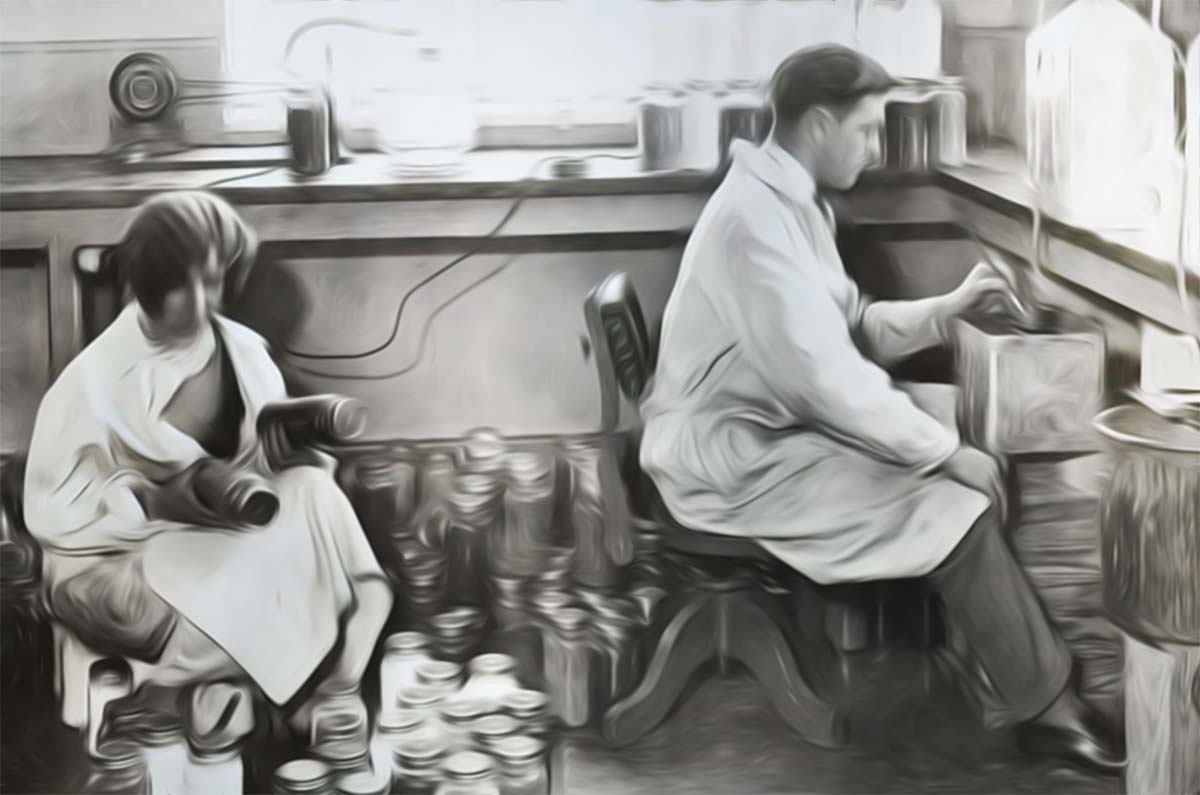
1943
National Association of Corrosion Engineers
Eleven corrosion engineers founded the NACE (National Association of Corrosion Engineers) with the intension of reducing risk, corrosion education and creating coating standards. Major breakthroughs quickly followed due to the collaboration in protective coatings development.
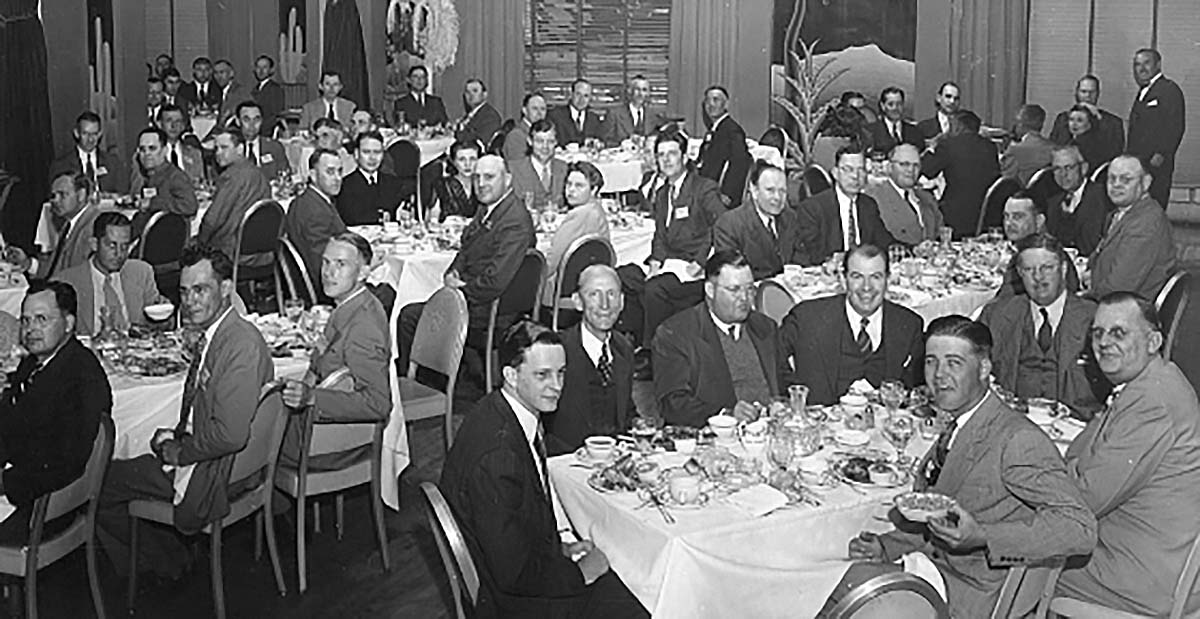
1950’s
Fusion bonded epoxies
Use of FBE (fusion bonded epoxies) became widespread in the late 1950’s in the transition away from liquid-based epoxy coatings (asphalts and coal tars) to polyolefin material.
1960’s
Pipeline coatings
Dual-layer FBE development (2L FBE) transferred in to widespread pipeline protection industry use in the 1960’s. Engineers discovered that adding an abrasion resistant overcoat offered better protection.
1970’s
Two coat systems
The late 1960’s and 1970’s saw the global introduction of the two coat system. An adhesive base-coat followed be a polyethylene topcoat became standard practice.
1980’s
Triple layer protection
The birth of triple layer coating systems application came in the 1980’s. These mainly consisted of a a fusion-bonded epoxy primer, a copolymer adhesive intermediate layer and a polyolefin topcoat. To this day coatings are critical to enduring performance and reliability of almost everything we use in modern life.

1990’s
Low VOC materials have become a requirement for the aerospace industry due to legislation introduced in 1990 under the environmental protection act. This legislation specifically focuses on reducing the release of solvents into the atmosphere, particularly in aircraft paints.
2000’s
In the ever-evolving world of protective coatings, the new millennium has witnessed remarkable advancements. One notable breakthrough emerged in the 2010s, with the arrival of multi-layer polyurethane and polypropylene systems. These cutting-edge systems, like the impressive five- to even seven-layer PP system, were primarily designed for offshore pipe coating applications.
Present day
Graphene, the latest groundbreaking nanotechnological additive, has taken modern developments in the coatings and paints industry to the next level. Graphene function excellently as robust protective coatings. They boast exceptional resistance against hazards such as chemicals, moisture, corrosion, UV radiation and even fires. Graphene coatings can be hydrophobic, conductive, and/or chemically resistant, and therefore have huge potential for the future.

Conclusion
Protective coatings have come a long way throughout history, and the journey is far from over. With cutting-edge advancements, we now have coatings that safeguard a wide range of objects, from towering structures and massive vessels to sleek automobiles and handy mobile phones. These innovations not only extend the lifespan of these products but also ensure the safety of individuals and their belongings.
At D&D Coatings, we are deeply enthusiastic and thrilled about the endless possibilities that lie ahead in our industry. We take great pride in contributing to the creation of new and improved protective coatings with our partners. Here’s to the bright future of the protective coatings industry.
Further Reading
ddcoatings.co.uk/2428/new-graphene-incorporated-anti-corrosion-roof-coating
wikipedia.org/wiki/Paint#History
paint.org/graphene-coatings/
linkedin.com/pulse/brief-history-pipeline-coatings-lee-wilson

